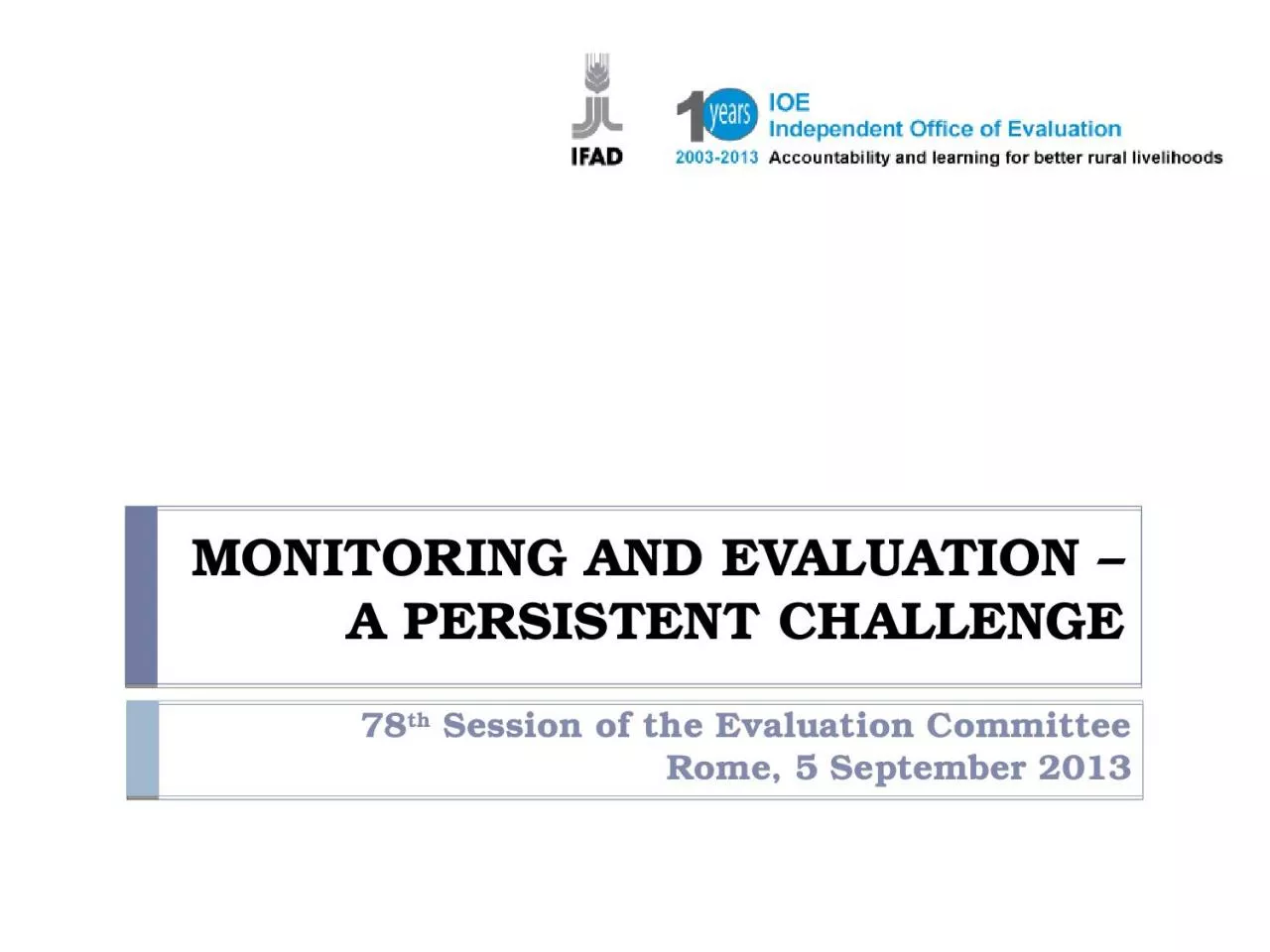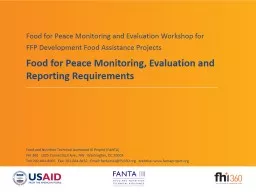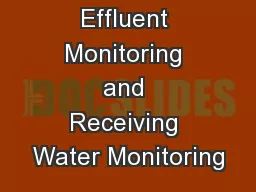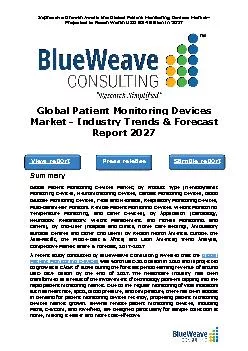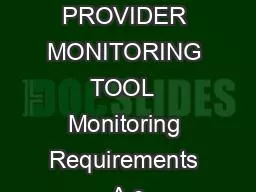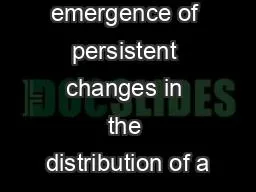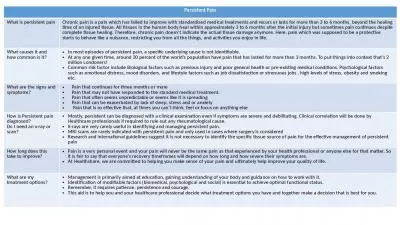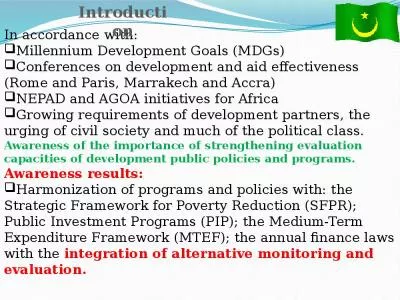PPT-MONITORING AND EVALUATION – A PERSISTENT CHALLENGE
Author : brooke | Published Date : 2023-09-21
78 th Session of the Evaluation Committee Rome 5 September 2013 Background 2 A request made at EC77 to discuss the issue of MampE at EC78 Weak performance
Presentation Embed Code
Download Presentation
Download Presentation The PPT/PDF document "MONITORING AND EVALUATION – A PERSISTE..." is the property of its rightful owner. Permission is granted to download and print the materials on this website for personal, non-commercial use only, and to display it on your personal computer provided you do not modify the materials and that you retain all copyright notices contained in the materials. By downloading content from our website, you accept the terms of this agreement.
MONITORING AND EVALUATION – A PERSISTENT CHALLENGE: Transcript
Download Rules Of Document
"MONITORING AND EVALUATION – A PERSISTENT CHALLENGE"The content belongs to its owner. You may download and print it for personal use, without modification, and keep all copyright notices. By downloading, you agree to these terms.
Related Documents

